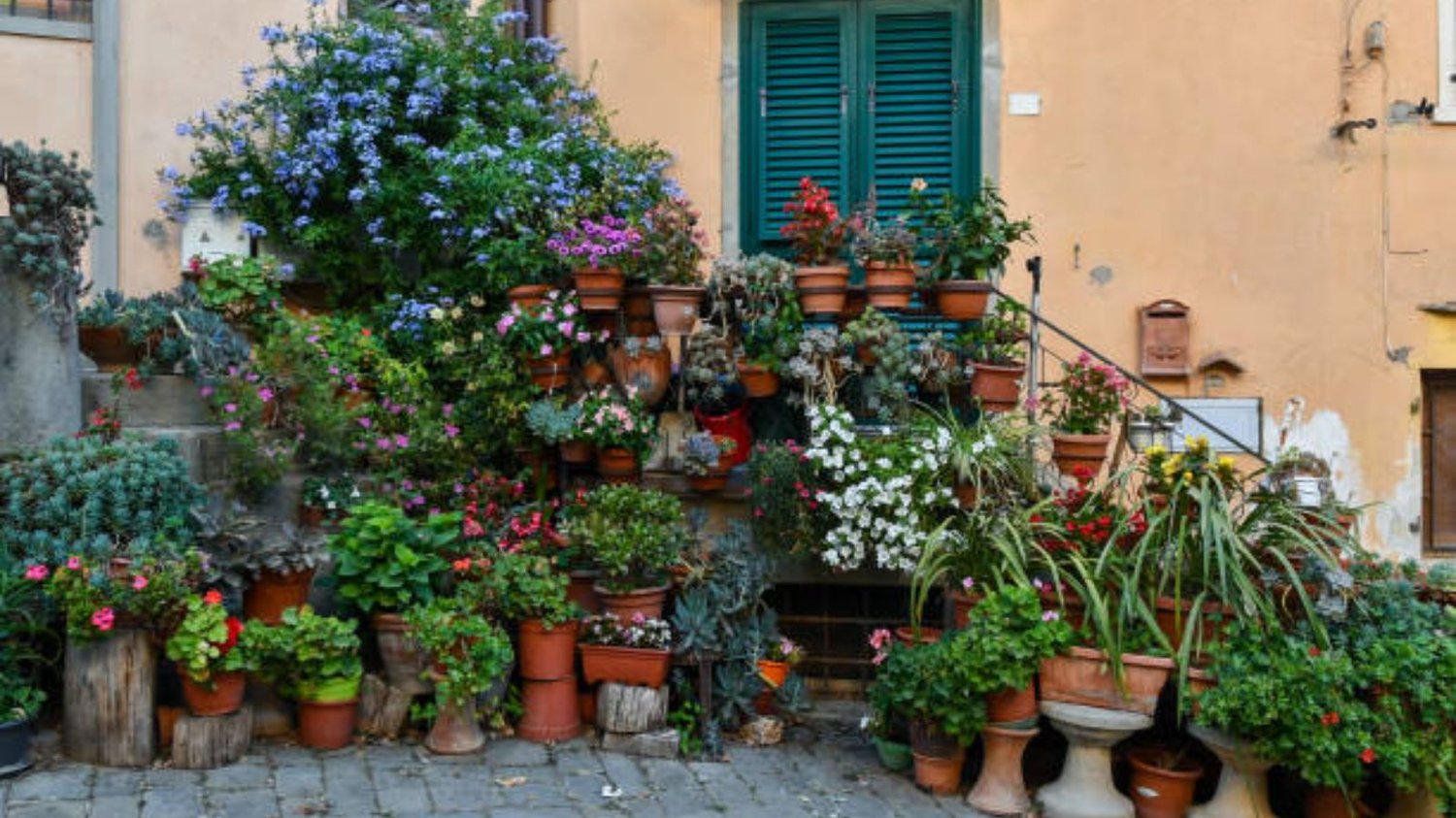Introduction
Cement pots have become increasingly popular in gardening due to their durability and aesthetically pleasing appearance. However, some gardeners may wonder if cement pots are actually good for their plants. In this article, we will explore the pros and cons of cement pots for plants.
Pros of Cement Pots for Plants
One of the major benefits of using cement pots for plants is their durability. Cement pots are sturdy and can withstand harsh outdoor weather conditions. They also have a longer lifespan compared to other types of pots like plastic, terracotta, or clay. Cement pots are also heavy, which makes them great for larger plants that require more support. They are less likely to tip over during windy conditions.
Cons of Cement Pots for Plants
One of the main disadvantages of using cement pots for plants is that they are not suitable for all plants. Cement is a porous material, which means it can absorb and retain moisture. This can cause problems for plants that require well-draining soil. If the soil is too wet, it can lead to root rot and other issues. Cement pots can also be quite heavy, making them difficult to move around. They may not be the best option for plants that require frequent repositioning or for gardeners with physical limitations.
Aesthetics of Cement Pots for Plants
Cement pots are available in a variety of sizes, shapes, and colors. They can provide a modern, sleek look or a rustic, classic appearance. Cement pots can complement a variety of plants, from colorful flowers to lush foliage. They are also versatile enough to be used indoors or outdoors depending on your preferences.
How to Care for Plants in Cement Pots
When using cement pots for plants, it is important to choose plants that are suitable for the material and to take extra care when planting. Use a high-quality potting mix that is well-draining to prevent excess moisture buildup. Water the plants carefully, avoiding overwatering. Watch for signs of root rot or fungal infections. Give the pot enough time to dry out between waterings. Use a saucer or tray to catch excess water. This can help prevent moisture from seeping into the cement and causing cracks or other damage.
Cost of Cement Pots for Plants
Cement pots can be more expensive compared to other types of pots, but their longevity and durability may make them a cost-effective option in the long run. They also tend to hold their value better compared to other materials, making them a good investment for serious gardeners.
Other Types of Pots for Plants
If you are unsure whether cement pots are the best option for your plants, there are other materials to consider. Terracotta pots are a classic option that offers good aesthetics and drainage. Plastic pots are lightweight and affordable but may not be as durable. Clay pots are another durable option, but they can be heavy and expensive. Metal pots are a great choice for plants that love heat, but they can be prone to rust and can get quite hot in direct sunlight.
Conclusion
In conclusion, cement pots are a great option for plants if you choose the right plants and take the proper care. They are durable, aesthetically pleasing, and long-lasting. With proper watering and drainage, your plants can thrive in a cement pot. However, cement pots are not suitable for all plants, and they may not be ideal for gardeners who require frequent repositioning of plants or those with physical limitations. Consider your options carefully and choose a pot that best suits your needs and preferences.

